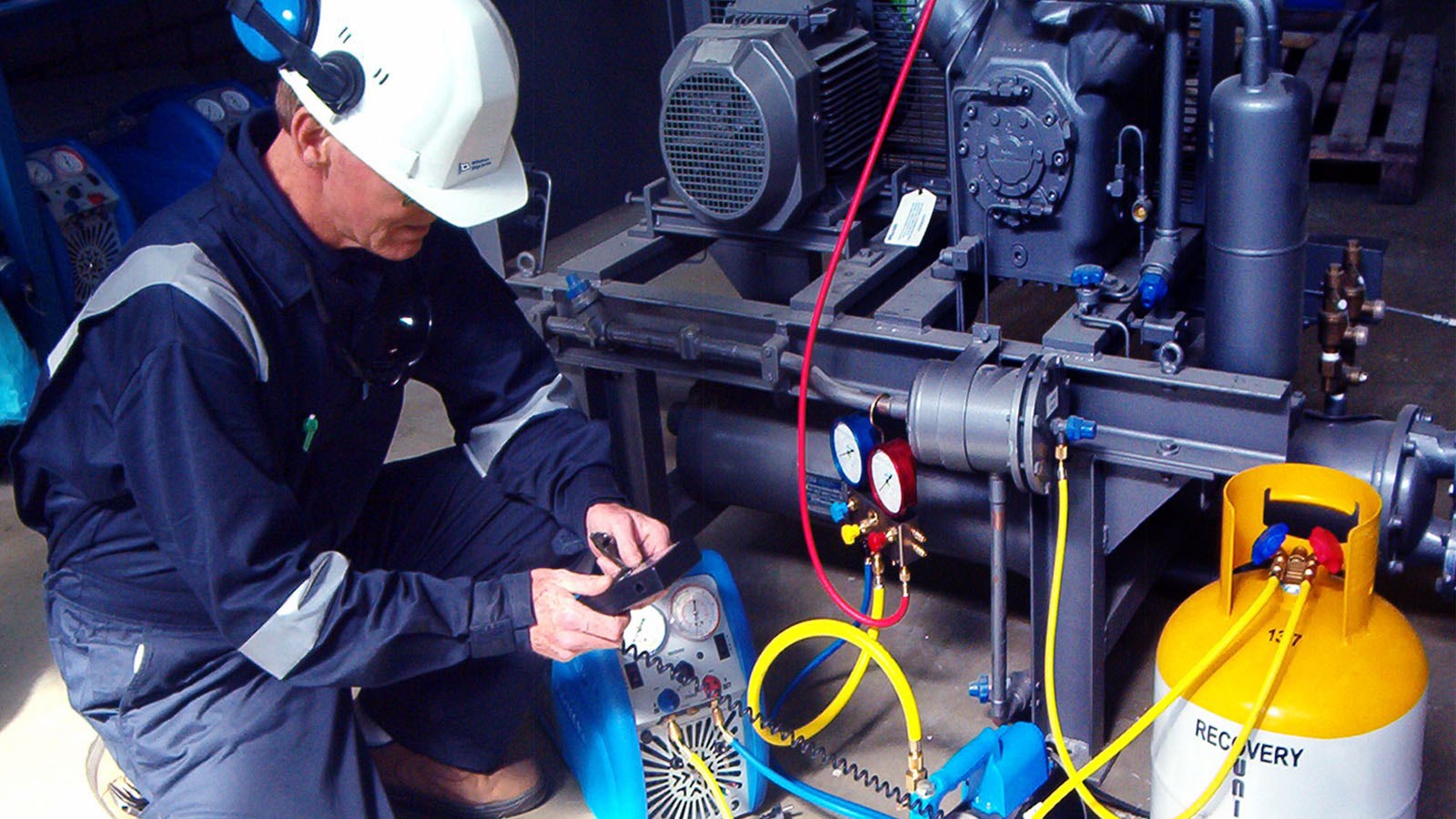Pioneering successful testing of R407f as R404A replacement

Wilhelmsen insights
|
Francis Lai, Head of Product Management - Refrigeration

We believe that we have discovered an ideal low cost replacement, and it has actually been available all along.
Testing the performance of a R404A/R-407F mixture at our Singapore facility, we found that R-407F is a ready-made replacement for the outgoing R404 gas.
Hiding in plain sight, R-407F offers almost identical performance to R404A, but with a fraction of GWP rating and in addition, both refrigerants use the same type of oil.
Svenn Jacobsen, Technical Product Manager, Refrigeration while confident the refrigerant would work, was nevertheless still taken aback by the results.
“Finding that could we add R-407F to a system running on R-404A with no loss of performance, or compatibility issues when it comes to the compressor, evaporator or condenser, was a very pleasant surprise”.
“Tried and tested in both an AC and low temperature system, R-407F also dispenses with the expensive and time-consuming need to recover the existing R-404A. So it’s a win, win for owners”.
Typically, this recovery involves the vacuum pump removal of any residue R-404A and replacement with a complete charge of R-407F, With an onboard system typically using 300-400kg of refrigerant, Jacobsen estimates the costs could be as high as 16,000 USD.
He adds, “Factor in the destruction of the original gas and the time to recover, vacuum and re-charge the system, along with the hassle of cylinder handling and the proven compatibility of R-407F becomes even more valuable”.
Permissible by all flag states, except the US, as the EPA (Environmental Protection Agency) states in section 608 of their regulations that any mixing of refrigerants is forbidden, there is however some additional paperwork required when mixing gases.
For example, several legislative bodies require that the refrigerant type used in a system must be stated on the nameplate. In order to comply, a new label must be used, stating the original refrigerant (i.e. R-404A) and the initial charge (number of kg / lbs charged to the system). In addition, the new refrigerant (R-407F) added to the system must be stated, and a logbook must be kept and updated to verify the amount of R-407F added to the R-404A system.
In closing Jacobsen considers the additional paperwork nothing more than a minor inconvenience. “New labels and log book entries are a very small price to pay for an environmentally friendly ready replacement for R-404A, which we’ve proven works and doesn't demand any equipment changes”.